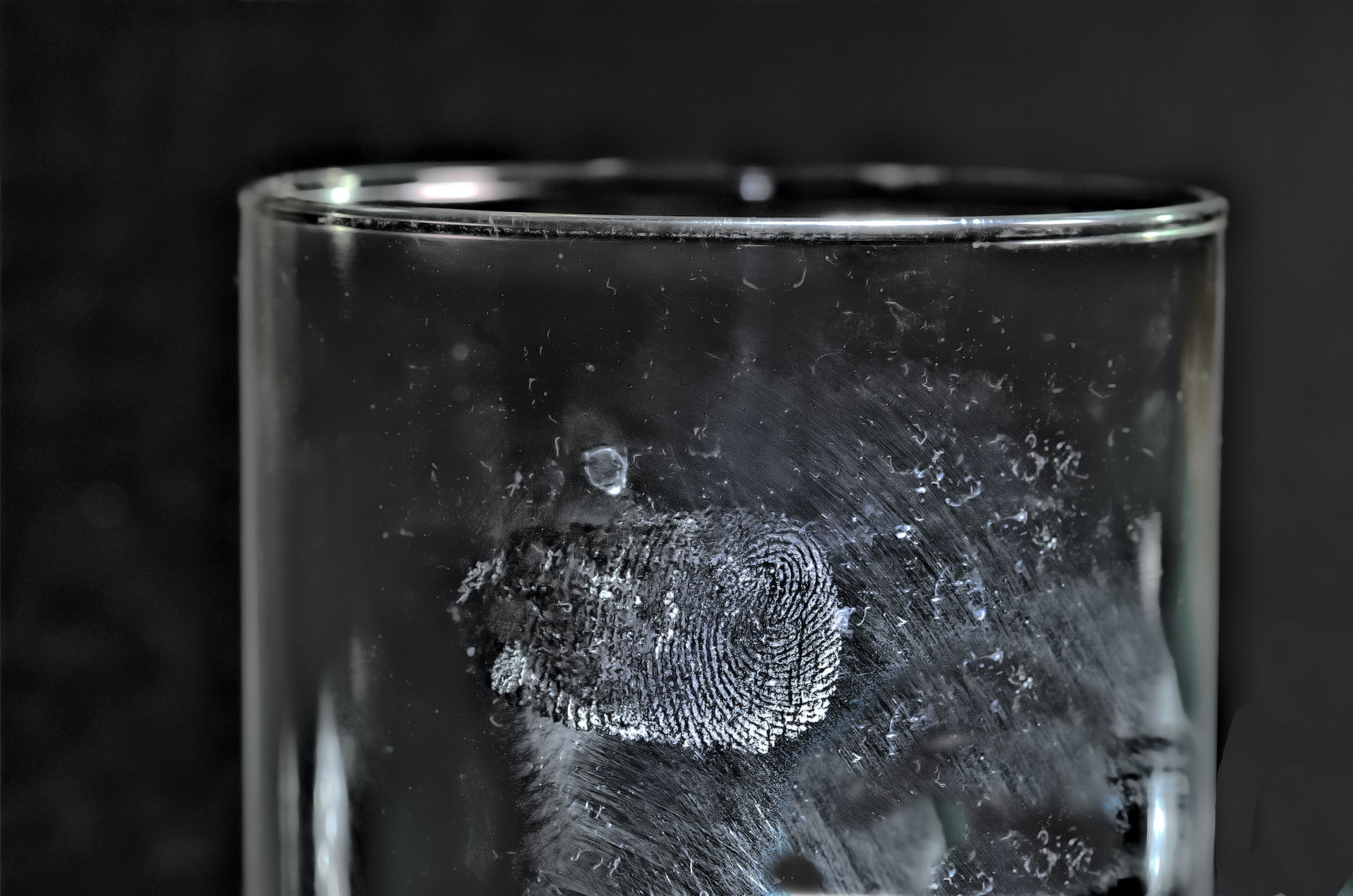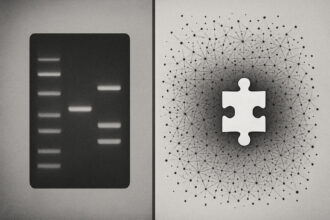Forensic dramas on TV make it seem easy to determine when fingerprintsFingerprint, impression made by the papillary ridges on the ends of the fingers and thumbs. Fingerprints afford an infallible means of personal identification, because the ridge arrangement on every finger of every human being is Read Full Definition were left at the scene of a crime. In reality, the oils in fingerprints degrade over time, and it’s difficult to figure out their age. Now, researchers reporting a small-scale study in ACS Central Science have discovered molecular markers for changes to these oils over a seven-day time period — information that could be used to estimate fingerprints’ ages more accurately.
Identifying the age of fingerprints at a crime scene is extremely important evidence
The researchers had a volunteer place 14 of their thumbprints on glass slides, which were left in the open air at room temperature for up to seven days. Then the team analyzed the fingerprint oils with high-resolution mass spectrometry. Using a specialized data Information in analog or digital form that can be transmitted or processed. Read Full Definition visualization tool known as a Kendrick mass defect plot, they identified two new unique molecular trends — the presence of epoxides and an increase in medium-length fatty acids. Though their use for estimating fingerprint age is still to be determined, epoxides were observed in the fingerprints, formed from triacylglycerols, wax esters, fatty acids, and diacylglycerols. Interestingly, there was a large increase in the amount of 10-carbon-long saturated fatty acids, known as capric acid or decanoic acid, which the researchers suggest comes from ozone reacting with certain carbon-carbon double bonds unique to human fingerprints. The researchers say their next step is to build a model based on the results to determine when fingerprints were deposited.
Information in analog or digital form that can be transmitted or processed. Read Full Definition visualization tool known as a Kendrick mass defect plot, they identified two new unique molecular trends — the presence of epoxides and an increase in medium-length fatty acids. Though their use for estimating fingerprint age is still to be determined, epoxides were observed in the fingerprints, formed from triacylglycerols, wax esters, fatty acids, and diacylglycerols. Interestingly, there was a large increase in the amount of 10-carbon-long saturated fatty acids, known as capric acid or decanoic acid, which the researchers suggest comes from ozone reacting with certain carbon-carbon double bonds unique to human fingerprints. The researchers say their next step is to build a model based on the results to determine when fingerprints were deposited.
Original Research Paper
Paulson, A. E., & Lee, Y. J. (2022). Novel Ambient Oxidation Trends in Fingerprint Aging Discovered by Kendrick Mass Defect Analysis. ACS Central Science. https://doi.org/10.1021/acscentsci.2c00408










